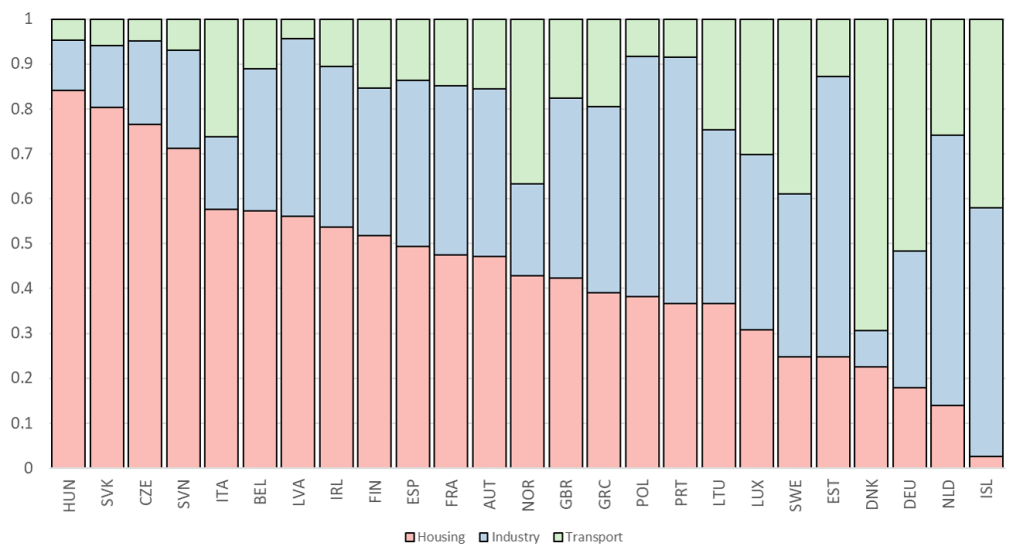Reconciling housing and the environment: is it possible, and how?
By Grace Alexander, Ioannis Tikoudis, Katherine Farrow and Walid Oueslati, OECD Environment Directorate
Ensuring widespread access to affordable housing constitutes a significant policy challenge in many countries. Increasing housing costs in urban areas push many to live in less accessible locations and to lower their living standards. This can reduce wellbeing, undermine social cohesion and eventually jeopardize political stability. At the same time, another policy challenge, equally urgent and multifaceted, emerges from climate change and environmental degradation in urban areas. The cost that climate change, air pollution and biodiversity loss impose on modern societies is significant: health, food systems and infrastructure are all affected, and the consequences will only grow if these issues are left unaddressed. Are the housing and environmental crises somehow interrelated? Do governments have the relevant tools to pursue affordability and environmental sustainability at the same time?
How we build our urban areas affects housing markets and comes with certain environmental costs. The residential sector accounts for a large share of fine particulate matter (Figure 1), an air pollutant associated with severe health impacts, with the sector responsible for 37% of the emissions of fine particulate matter globally. Limits on building height and density, applied widely around the world, reduce housing supply and contribute to observed house price surges. Similar regulations cause cities to spread outwards, causing irreversible changes on the natural areas surrounding cities and generating more greenhouse gas emissions per capita. The phenomenon of rapid suburban expansion, which has come to be known as urban sprawl, possessed tremendous momentum for decades and continues to be a focal issue in urban development today. Sprawled cities imply greater travel distances, make residents more dependent on their cars and tend to increase the cost of providing public transport services (OECD 2018).
Figure 1. Housing accounts for a large share of fine particulate matter

Reconciling housing and the environment, published in the OECD report “Brick by Brick”, provides an anatomy of such practices, and their long run social cost. The chapter explores ways to build our urban areas by balancing housing affordability and environmental quality. It is not only that housing policies affect the environment, the chapter reports, but also that urban environmental policies can have a significant impact on our house values. Reducing pollution and increasing green spaces increase the value of nearby housing stock. Although energy efficiency regulations may increase construction costs, they also add value to homes that are subject to such regulations. Importantly, the value that environmental regulations can add to the existing housing stock should not be confused with the rise in house prices caused by mechanisms causing artificial scarcity, such as regulatory constraints on housing supply.
Ultimately, the homes that we live in and the environment around us are crucial to our health and wellbeing. By considering the effect of the residential sector on the environment, and vice versa, the chapter outlines how we may be able to strike a sustainable balance between the two.
Further Reading:
OECD (2021), Brick by Brick: Building Better Housing Policies, OECD Publishing, Paris, https://doi.org/10.1787/b453b043-en.
OECD (2021), Reconciling Housing and the Environment., Brick by Brick: Building Better Housing Policies, OECD Publishing, Paris, https://doi.org/10.1787/96aaa66a-en
OECD (2018), Rethinking Urban Sprawl: Moving Towards Sustainable Cities, OECD Publishing, Paris, https://doi.org/10.1787/9789264189881-en.
